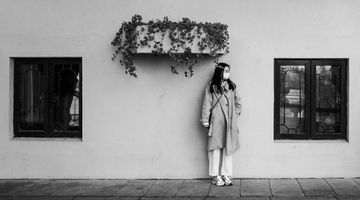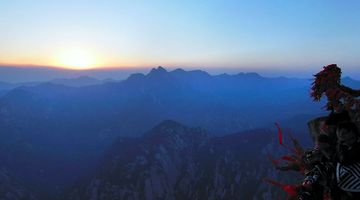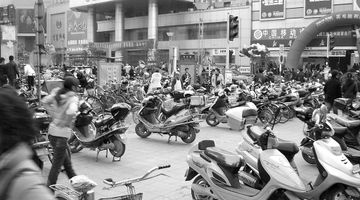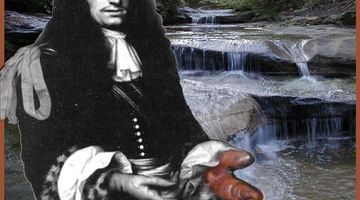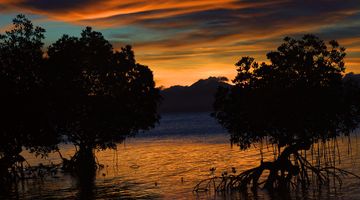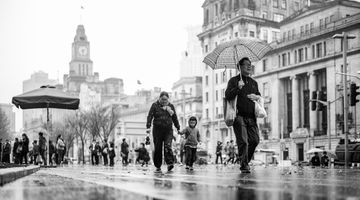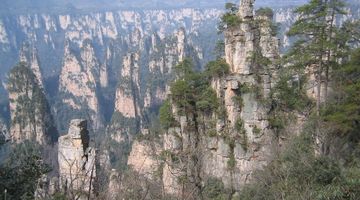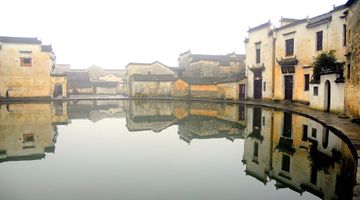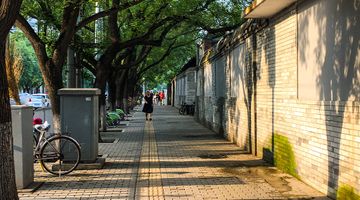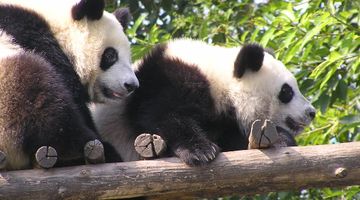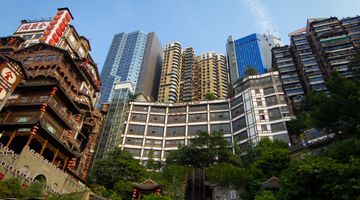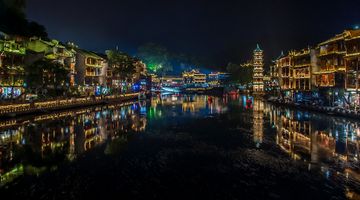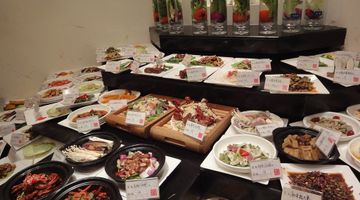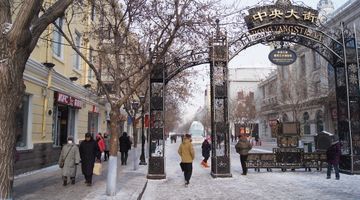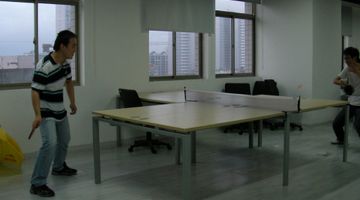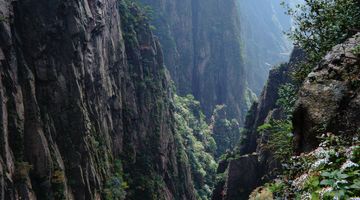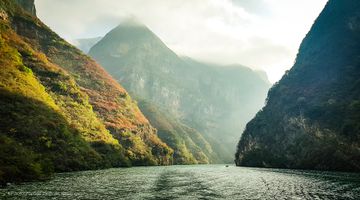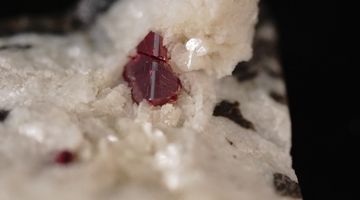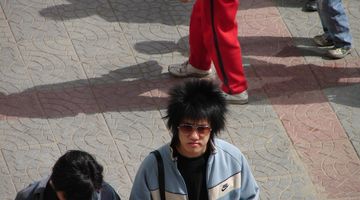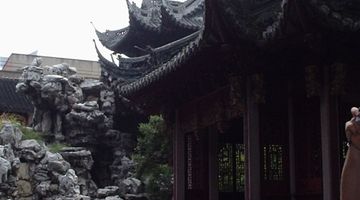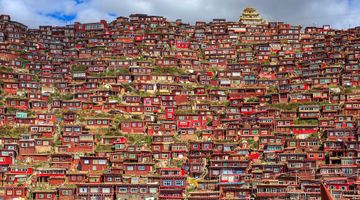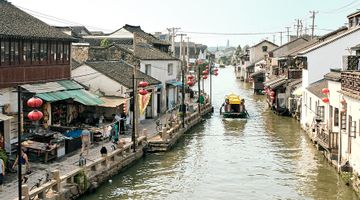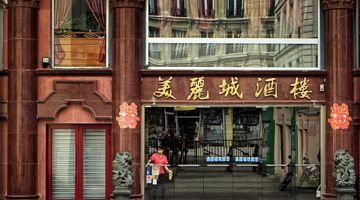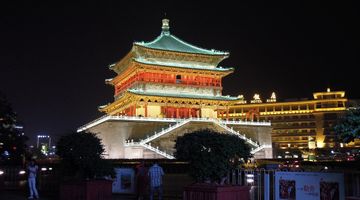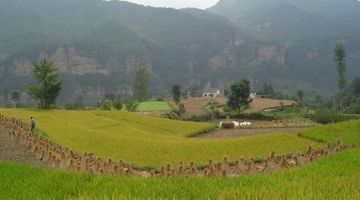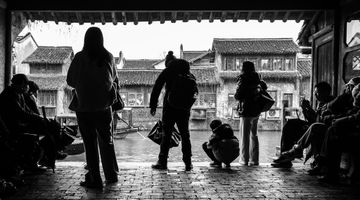Jiangsu Province China – Your Quick Travel Guide
In a nutshell
Jiangsu is known amongst the local Chinese as “land of fish and rice”. It has a rich history dating back to ancient times, so cultural attractions abound here. Owing to it’s location on the rich, fertile lands along the Yangtze river, it has long been a prosperous area, and to do this day is incredibly well developed.
Where should I go?
Suzhou
A visit to this beautiful water town is a must! The town is full of beautiful, tree- lined waterways. Frequently nestled amongst the pretty streets are wonderfully green ancient gardens, which the city is well known for.
One of the must-see attractions here is the Humble Administrators Garden. It’s said to be Suzhou’s largest and most impressive garden, so don’t miss it. On site there’s a fascinating museum and a tea house to grab a refreshment while you explore. The natural scenery will take you away to a serene place- there are streams crossed by ancient arch bridges and bamboo forests.
Another must-see is the Panmen Scenic Area. We like this area because it provides anything a traveller might seek, be it cultural or natural. The Ruigang Pagoda is a 50 meter- high colossus that’s made from wood. The Panmen Gate is special because it’s been incredibly well preserved, and has a functioning sluice gate that was used in ancient times to control water for crops.
Nanjing
Nanjing has routinely been China’s capital throughout the dynasties, and each dynasty has left a resounding mark on the city’s cultural, natural and architectural landscape.
When you go, make sure you see the Confucius Temple. Located on the banks of the Qinhuai Temple, this temple was historically (and still is) used for worship. Central to the attraction is Dacheng Hall, which is home to a massive Confucius statue. There are also other halls and pavilions to see around the attraction.
Another must-see is the Ming Xiaoling Mausoleum. The Ming dynasty was a long and prosperous one for the ancient Chinese, so come here to pay your respects at the tomb of the Hongwu emperor who founded the Ming dynasty. They spared no expense in the making of this monument- it’s more than 22 km long, was built by the hands of 10,000 workers, under he supervision of 5000 military troops!
Wuxi
This is a nature-lover’s paradise! It’s on the shore’s of the huge Tai lake (China’s 3rd biggest), and they’ve proclaimed themselves as the “Pearl of Lake Tai”. Make sure you visit the calm waters of Tai Lake. You can take a cruise on a boat, and see all it’s many attractions from the water. There’s also the famous Turtle Head Island which is home to a number of cultural relics.
Go visit plum garden in spring to witness the colourful bloom that truly is a feast for the eyes. With Dragon Mountain in the North, and Lake Tai in the South, it provides a stunning backdrop littered with stunning terraces and pagodas. There’s also a few places to stop, rest and eat tasty snacks.
When should I visit Jiangsu?
The best time to visit this area is either spring (preferable) or autumn. Autumn is from August-October, and you’ll find it’s cool but not overwhelmingly so. A light jacket will suffice. July is the hottest month, although it’s still cooler than other parts of China. January is the coldest month-beware, Jiangsu has long winters.
Where should I stay?
Most bigger cities will have a decent variety of hotels of offer, from cheap youth hostels to more expensive 5 star hotels. In general, accommodation is slightly cheaper here than in the rest of the country. Over Chinese holidays and festivals, most of the country travels if you’re visiting over Spring festival (February), expect it to be incredibly busy. Bigger cities like Suzhou and Nanjing will have better options as far as accommodation is concerned, but it will be a lot cheaper in smaller cities.
When staying overnight in a smaller city (or a smaller hotel), make sure you confirm the hotel has a license to accept foreigners. They’re often legally forced to turn away non-Chinese citizens.
What should I eat?
Jiangsu cuisine makes up one of China’s 8 great cuisines. It’s known to be presented with an artful finish, and the colours are remarkable. Seafood makes up a large part of their cuisine, but it’s not the kind you’ll see at a western restaurant. They place emphasis on using the natural flavour of the meat and vegetables, so little spice is added.
If you’re in Nanjing, their most famous dish is Jinling salted duck. In Yangzhou it’s crab-shell meatballs. In Suzhou they place the biggest emphasis on seafood, so their famous squirrel-shaped Mandarin fish is strange looking, but it’s something you simply have to try!
Getting around Jiangsu
The best way to travel around Jiangsu is by high-speed train. The trains will take you to over 40 of Jiangsu’s biggest cities. The only thing you’ll need is a passport, and a train ticket- book online if you have no one to help you book at the station, they usually won’t speak much English. A train from Suzhou to Nanjing will cost 104.5 RMB, and take just 1h 40 m.
The second best option is to take a long-haul bus. Even more extensive than the train networks, busses are cheaper (from 30 RMB to the nearest city) and they’re also safe.
Avoid taking taxis, it will get very expensive.
Getting in and out of Jiangsu
There are lots of options-plane, train, car and boat. The only problem is choosing which one suits you best. If you’d like to do it fast, choose a plane. If you’d like to do it fast, but at ground level (see the countryside) opt for a train. Jiangsu has a long coastline, so you can also arrive by boat.
Plane
The biggest airport is Nanjing Lukou International Airport. It receives flights from Tokyo (6 h 50 m at 1800 RMB), Hong Kong, Frankfurt, Bangkok and many more. Other local airports are Changzhou Benniu Airport, Sunan Shuofang International Airport, Yangzhou Taizhou Airport, and Nantong Airport. These airports deal almost exclusively with domestic flights. Domestic flights are cheap, but are often delayed.
Shanghai’s airports are on the border of Jiangsu, and flights are often diverted this way with easy, convenient travel methods into Jiangsu province.
From Beijing to Nanjing takes just over 2 hours, from 462 RMB.
Train
You can catch a high-speed train into Jiangsu. We recommend taking a sleeper if you’ll be travelling for longer than 12 hours. From the surrounding provinces, trains are the best way to travel to and from Jiangsu. A train from Beijing to Nanjing only takes four and a half hours, at 443 RMB (if you consider check-in times at the airport, it’s definitely faster to catch a train).
Boat
If you’re on a cruise ship, you can hop off on one of Jiangsu’s many ports, like Haian, Hantong, Kunshan or Changzhou.
Is Jiangsu safe?
There will no issues with crime, and China’s police force is top-notch. Beware of taxi drivers who can drive very recklessly. Take a private cab or the bus. If you happen to fall sick, visit a hospital instead of a small local clinic.
